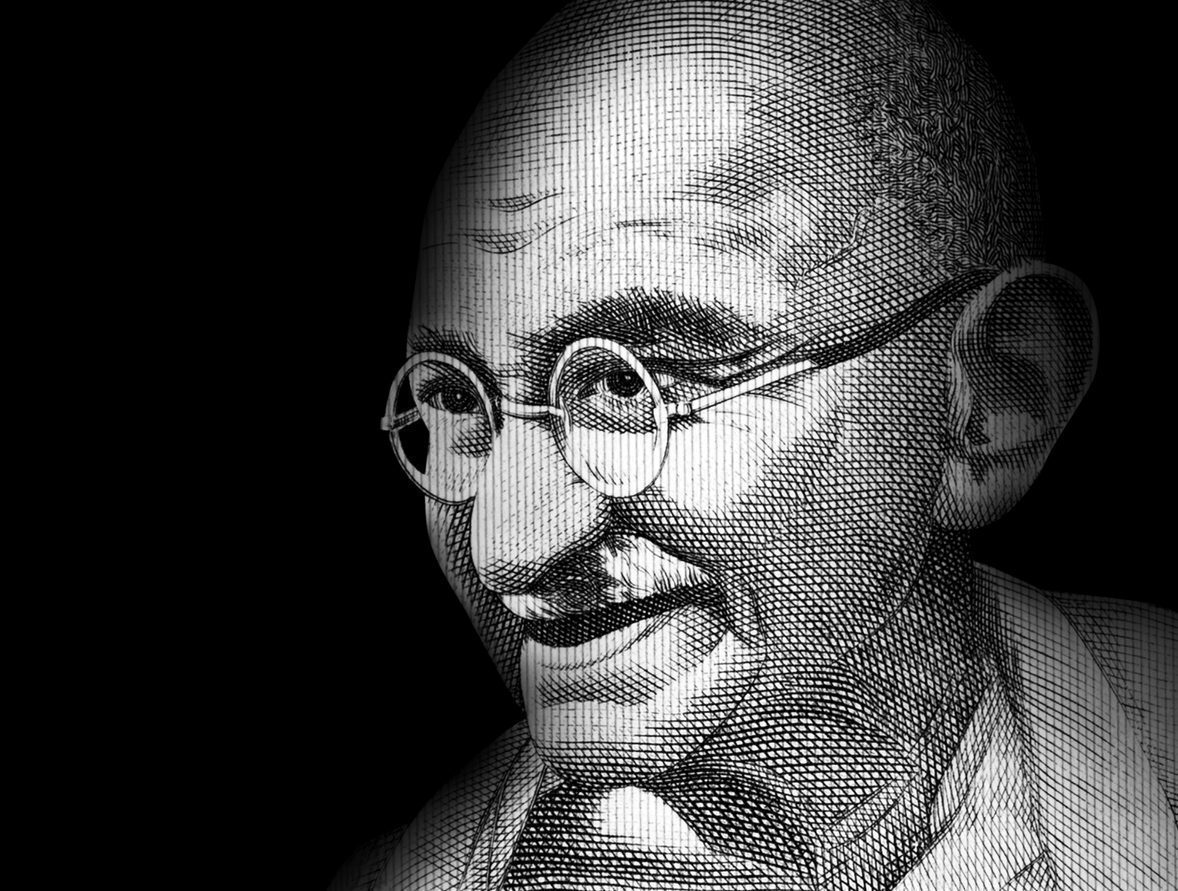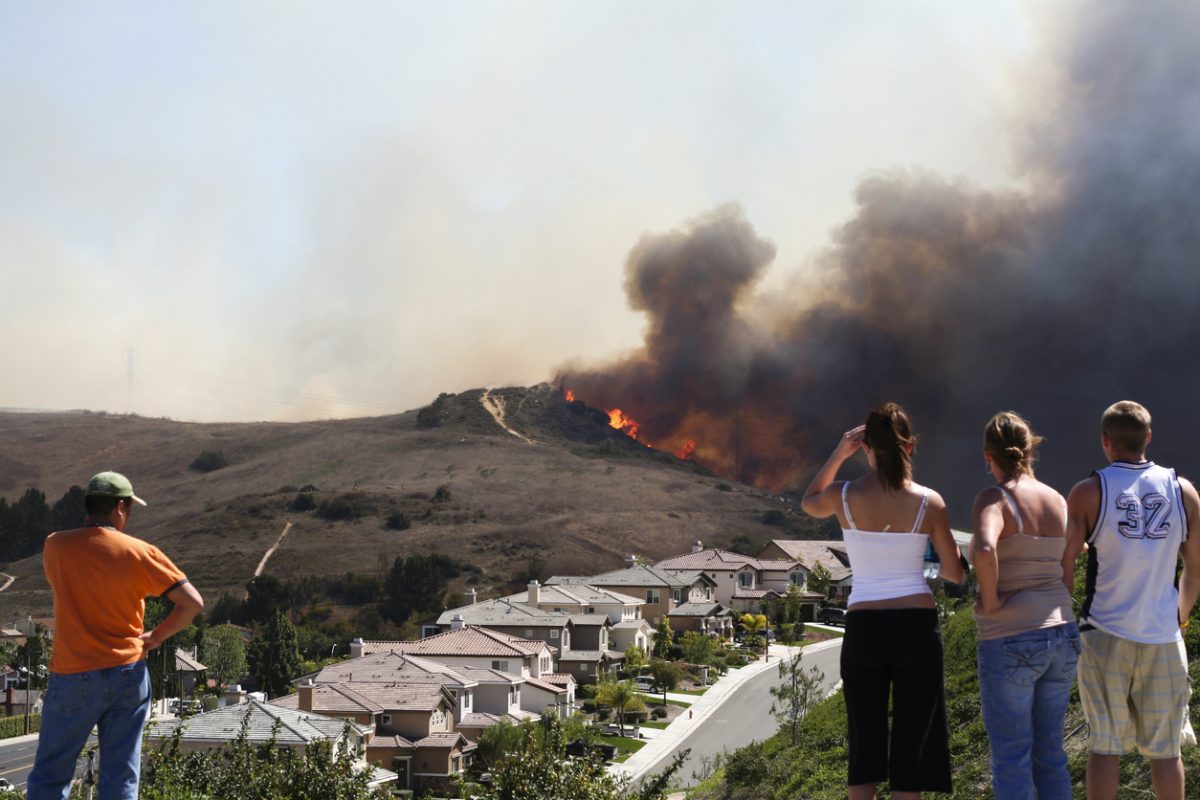
Depressive Realism and Functional Fear:
An Alternative Perspective on Psychological Distress During the COVID-19 Pandemic
In the wake of the global outbreak of coronavirus disease 2019 (COVID-19) caused by a novel β-coronavirus (severe acute respiratory syndrome coronavirus 2), a significant amount of research has been devoted to estimating the psychological impact of this pandemic. Studies1,2 have reported high rates of symptoms of anxiety and depression, both in the general population and in specific groups such as health care workers who are at a higher risk of experiencing psychological distress.3 Rates of 23% to 45% have been reported for anxiety symptoms and 20% to 23% for depressive symptoms.1-3 Such figures have rightfully caused consternation among mental health professionals and policy makers, some of whom have already described the emerging situation as a public mental health crisis.4 With no intention of minimizing the seriousness of these concerns, there are a number of alternative points of view that merit consideration when addressing an issue of this magnitude and complexity.
The first has to do with the assumption of a linear relationship between the impact of the COVID-19 pandemic and adverse mental health outcomes, which is implicit in the existing literature and more particularly in the statistical methods it has employed. While such a model appears intuitively obvious, it may not always be accurate when confounding variables are taken into account. For example, an analysis of the association between economic status and depressive symptoms found that this relationship was linear in men but nonlinear (an inverted U-shaped curve) in women.5 Similarly, although religious involvement is often thought to be a protective factor against depression, a more fine-grained analysis has demonstrated that this relationship is also nonlinear (in this case, a U-shaped curve).6 In this context, research on the frequency of symptoms of depression and anxiety during the COVID-19 pandemic should be studied more carefully and subsequent data tested for relationships beyond a simple linear correlation. Furthermore, any such findings should be viewed in the light of disaster psychiatry literature, which suggests that communities pass through a number of stages of collective psychological change as they adapt to adverse circumstances.7
The second point of view has to do with the distinction between symptoms of depression and anxiety and syndromal diagnoses of anxiety disorders or depression—a distinction that is sometimes blurred even in published reports.1 The reported frequencies of these symptoms are several orders of magnitude higher that the estimated prevalences of the corresponding syndromal disorders, which are around 4.4% for depression and 3.6% for anxiety disorders.8 While these higher reported rates may partly reflect the accuracy of the screening instruments used,9 another possibility that merits consideration in this specific context is that these subsyndromal symptoms may represent adaptive responses in some cases. From an evolutionary perspective, anxiety-like responses prepare an organism to address environmental threats in general.10 Certain obsessive-compulsive-like responses may play a specific role in defense against infectious pathogens,11 and depression-like changes in mood and behavior may protect both individuals and their kin from infection, improve the chances of recovery in infected individuals,12 and allow for more realistic appraisals of challenging situations, sometimes termed depressive realism.13 In line with these hypotheses, it has been observed that fear of COVID-19 was significantly associated with positive behavioral changes such as social distancing and adherence to hygienic measures, a phenomenon that the researchers referred to as functional fear,14 while reduced worry was associated with a lesser likelihood of engaging in behaviors aimed at minimizing the risk of COVID-19 infection.15 Viewed from this perspective, a crucial question is how to distinguish between adaptive and maladaptive anxiety-like (or even depression-like) symptoms and what specific vulnerability and resilience factors operate in either case.
The third perspective, based on a different explanatory model for depression, postulates that depressive symptoms play a role analogous to physical pain, protecting the individual from social adversity instead of tissue damage.16 In cases of severe social adversity, this defensive response may reach the level of syndromal or major depression, which has the added function of acting as a “cry for help.”16 Such a model is of particular relevance in the context of the COVID-19 pandemic, wherein the direct risks associated with infection are compounded by social and economic disruptions, including social isolation, worsening of preexisting economic disparities, and an elevated risk of specific forms of chronic and severe adversity, such as unemployment or domestic violence.17-19 In such cases, it can be argued that mental health care alone is insufficient to achieve remission from depression unless it is accompanied by attempts to ameliorate the adverse psychosocial circumstances that are maintaining the disorder.16
In summary, attempts to quantify psychological distress during the COVID-19 crisis are a necessary step toward planning and implementing mental health care; however, such quantitative data must be interpreted critically, keeping in mind the complex relationship between environmental circumstances and mental health, the possibly adaptive function of some forms of psychological distress, and the need to alleviate social and economic hardship in parallel with the delivery of psychological or pharmacologic interventions. Such an approach could enhance the quality and real-world applicability of future research, lead to a better understanding of the line that separates adaptive from pathological psychological responses, and, more importantly, lead to optimized strategies for the prevention and management of psychological distress as the COVID-19 pandemic continues to run its course.
Received: June 11, 2020.
Published online: July 23, 2020.
Potential conflicts of interest: None.
Funding/support: None.
REFERENCES
1.Huang Y, Zhao N. Generalized anxiety disorder, depressive symptoms and sleep quality during COVID-19 outbreak in China: a web-based cross-sectional survey. Psychiatry Res. 2020;288:112954. PubMed CrossRef
2.Özdin S, Bayrak Özdin Ş. Levels and predictors of anxiety, depression and health anxiety during COVID-19 pandemic in Turkish society: the importance of gender [published online ahead of print May 8, 2020]. Int J Soc Psychiatry. PubMed
3.Pappa S, Ntella V, Giannakas T, et al. Prevalence of depression, anxiety, and insomnia among healthcare workers during the COVID-19 pandemic: a systematic review and meta-analysis [published online ahead of print May 8, 2020]. Brain Behav Immun. PubMed CrossRef
4.Dong L, Bouey J. Public mental health crisis during COVID-19 pandemic, China. Emerg Infect Dis. 2020;26(7):1616-1618. PubMed CrossRef
5.Anand P, Esposito L, Villase×±or A. Depression and economic status: evidence for non-linear patterns in women from Mexico. J Ment Health. 2018;27(6):529-551. PubMed CrossRef
6.King DA, Lyness JM, Duberstein PR, et al. Religious involvement and depressive symptoms in primary care elders. Psychol Med. 2007;37(12):1807-1815. PubMed CrossRef
7.North CS, Pfefferbaum B. Mental health response to community disasters: a systematic review. JAMA. 2013;310(5):507-518. PubMed CrossRef
8.Depression and Other Common Mental Disorders: Global Health Estimates. World Health Organization website. https://www.who.int/mental_health/management/depression/prevalence_global_health_estimates/en/. Accessed July 16, 2020.
9.Bromet E, Andrade LH, Hwang I, et al. Cross-national epidemiology of DSM-IV major depressive episode. BMC Med. 2011;9(1):90. PubMed CrossRef
10.Bateson M, Brilot B, Nettle D. Anxiety: an evolutionary approach. Can J Psychiatry. 2011;56(12):707-715. PubMed CrossRef
11.Rajkumar RP. Contamination and infection: what the coronavirus pandemic could reveal about the evolutionary origins of obsessive-compulsive disorder. Psychiatry Res. 2020;289:113062. PubMed CrossRef
12.Anders S, Tanaka M, Kinney DK. Depression as an evolutionary strategy for defense against infection. Brain Behav Immun. 2013;31:9-22. PubMed CrossRef
13.Bortolotti L, Antrobus M. Costs and benefits of realism and optimism. Curr Opin Psychiatry. 2015;28(2):194-198. PubMed CrossRef
14.Harper CA, Satchell LP, Fido D, et al. Functional fear predicts public health compliance in the COVID-19 pandemic [published online ahead of print April 27, 2020]. Int J Ment Health Addict. PubMed CrossRef
15.Barber SJ, Kim H. COVID-19 worries and behavior changes in older and younger men and women [published online ahead of print May 19, 2020]. J Gerontol B Psychol Sci Soc Sci. PubMed CrossRef
16.Hagen EH. Evolutionary theories of depression: a critical review. Can J Psychiatry. 2011;56(12):716-726. PubMed CrossRef
17.Dorn AV, Cooney RE, Sabin ML. COVID-19 exacerbating inequalities in the US. Lancet. 2020;395(10232):1243-1244. PubMed CrossRef
18.Kawohl W, Nordt C. COVID-19, unemployment, and suicide. Lancet Psychiatry. 2020;7(5):389-390. PubMed CrossRef
19.Yahya AS, Khawaja S, Chukwuma J. Association of COVID-19 with intimate partner violence. Prim Care Companion CNS Disord. 2020;22(2):20com02634. PubMed CrossRef
aDepartment of Psychiatry, Jawaharlal Institute of Postgraduate Medical Education and Research, Pondicherry, India
*Corresponding author: Ravi Philip Rajkumar, MD, Department of Psychiatry, Jawaharlal Institute of Postgraduate Medical Education and Research, Pondicherry 605 006, India ([email protected]).
Prim Care Companion CNS Disord 2020;22(4):20com02714
To cite: Rajkumar RP. Depressive realism and functional fear: an alternative perspective on psychological distress during the COVID-19 pandemic. Prim Care Companion CNS Disord. 2020;22(4):20com02714.
To share: https://doi.org/10.4088/PCC.20com02714
© Copyright 2020 Physicians Postgraduate Press, Inc.
Please sign in or purchase this PDF for $40.00.



